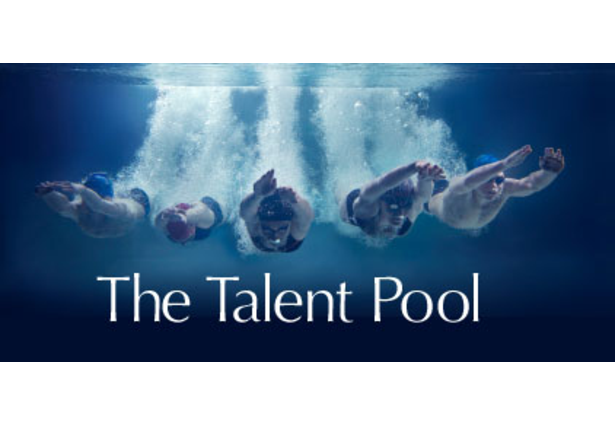Is your talent management strategy ready for the global skills gap?
By Alexandre Pachulski, Co-Founder of Talentsoft
Our global economy has begun yet another transformation. We are in the early stages of a fourth industrial revolution that will bring major changes to our societies, driven by advances in connectivity, automation, and artificial intelligence. With that, has come a global gap in the skilled talent necessary to keep pace.
As expert Klaus Schwab, puts it, “the changes are so profound that, from a perspective of human history, there has never been a time of greater promise or potential peril.” So how do we fulfill this great promise?
A critical piece involves rethinking how we cultivate and manage the talent whom will be leading us forward; whom we will reply upon to innovate, deliver, and maintain these unprecedented developments in technology?
The greatest promises of technology cannot be realised without human talent.
For that technology to grow and for our economies to thrive, we must be aware of and work to bridge the widening global gap in qualified talent, particularly in manufacturing and STEM-dependent careers, which are central to this latest industrial revolution.
There’s an exciting opportunity for forward-thinking leaders to be proactive—especially those in HR, as they are often at the centre of their company’s talent management strategy.
The first step for leadership is to assess where they are right now and what changes need to be made to compete effectively in this new era. Leaders who can readily embrace new technologies and strategies will have a significant advantage over those who don’t.
Key areas to assess are:
Integration and Connectivity
The pace of business and reliance on real-time data insists that companies embrace cloud-based technologies and software that can connect easily to existing solutions. Teams needs to be able to work from centralized data so decisions can made from up-to-date information; that data needs to be both easy to secure and accessible.
With globalisation, talent pools are now oceans—it’s imperative that teams are connected and technologies are integrated.
Training and Appraisals
Traditional training methods and annual reviews need to be reevaluated; ongoing learning is no longer optional. Occasional assessments are not enough to sustain momentum for growth. Leaders need a system for preparing employees and even prospective talent to assume more advanced positions. It’s also an ideal opportunity to nurture a culture of curiosity and strategic risk-taking.
When people are encouraged to grow and learn new skills, they are able to contribute much more.
As technologies continue to develop and automation increases, employees will bring value through their creativity and critical thinking skills—talent that cannot be replicated by machines.
Recruiting and Development
There is a sea change happening as older generations transition into retirement and Millennials will soon to make up at least half the workforce. This younger generation has a very different set of desires and expectations for the work they do. They have grown up with technology and social media. They are used to communicating and connecting in different ways. Companies need to understand whom they’re trying to attract and meet them where they are.
With more jobs available than talent to fill them, companies will need to be forward-thinking and creative in terms of recruiting. This revolutionary time calls for a modern way of engaging.
It is human nature to resist change and fear major changes. That’s what makes HR leaders especially qualified to spearhead the development of their company’s talent management strategy; they understand human complexities and work to serve human needs on a daily basis.
All the automation and artificial intelligence available can’t replace the critical need for leadership to recognise both the obstacles and opportunities to come. Fulfilling our greatest promise in the coming years depends on the actions we choose now.



